Introduction
Olympus lenses are known for their good build quality and performance. Does this apply to the the Olympus F.Zuiko Auto-S 1.8/50, one of the lightest Olympus standard lenses too?


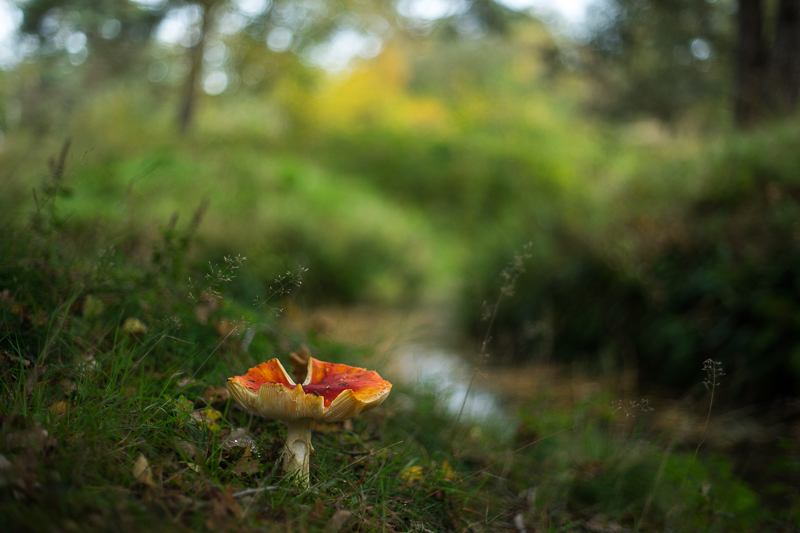
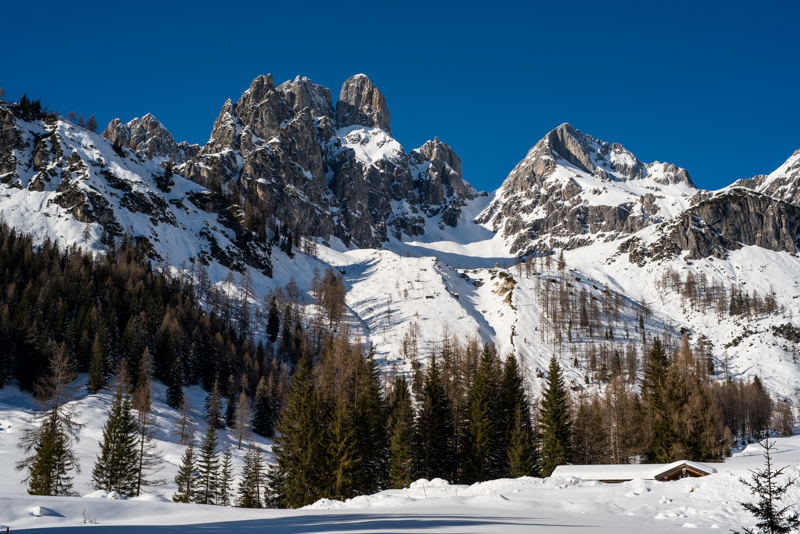
Most images in this review can be found in full resolution on flickr.
Contents
Specifications
| Diameter | 61 mm |
| Length | 31 mm |
| Filter thread | 49 mm |
| Weight | 170 g |
| Max. magnification | ~0.15 |
| Close focus distance | 45 cm |
| Aperture blades | 6 |
| Elements/groups | 6/5 |
Versions and history
The line of manual Olympus 1.8/50 lenses was produced from 1972 until 2002 and came in 6 different versions.
There are 3 versions with 6 elements in 5 groups:
- 1. Olympus M-System F.Zuiko Auto-S 1.8/50,
- 2. Olympus OM-System F.Zuiko Auto-S 1.8/50 (Silver nose),
- 3. Olympus OM-System F.Zuiko Auto-S 1.8/50 (Black nose).
The other three versions feature 6 elements in 4 groups:
- 4. Olympus OM-System Zuiko MC Auto-S 1.8/50
- 5. Olympus OM-System Zuiko Auto-S 50 mm 1:1.8
- 6. Olympus OM-System Zuiko Auto-S 50 mm 1:1.8 (serial number starts with 5хххххх, this is supposed to be the best version).
I have the third version consisting of 6 elements in 5 groups.
More information about the different versions can be found here.
With some patience you should be able to find this lens on ebay for under €50,- or 50$ in good condition.
Ebay.de* | Ebay.com*
*Affiliate link, buying via this link will not cost you any extra, and we get a small commission which helps to keep the blog running 🙂
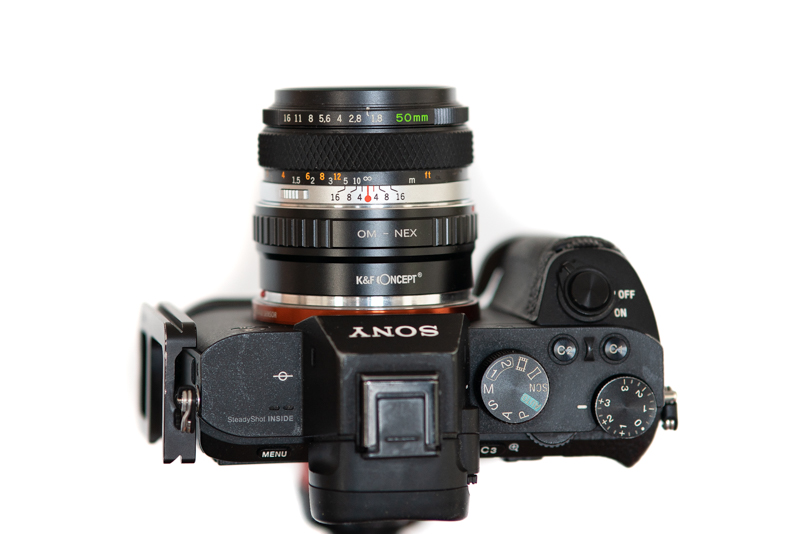
Build quality & handling
As can be expected from a manual Olympus lens, build quality is great. Except for the rubberized focus ring the lens is made from metal and glass only. All markings are engraved and filled with paint.
The focus ring travels in ~90° from 0.45 to 1 meter and another ~80° to infinity which close to perfect for a lens like this I think. Resistance is simply perfect and I find focusing this lens easier than with some other fifties from the same era.
The aperture ring is positioned in the front of the lens and has full click stops, the clicks are distinctive and it is easy to set the aperture between the clicks. One thing I did not like too much is that the aperture ring is a bit too close to the focus ring. This made me accidentally change focus a few times.
All in all the Olympus 1.8/50 is a joy to use, if you like to work with well crafted manual lenses you will enjoy this one.
Vignetting

| Aperture | Vignetting |
| f/1.8 | 2.3 EV |
| f/2.8 | 1.3 EV |
| f/4 | 0.8 EV |
| f/5.6 | 0.6 EV |
| f/8 | 0.5 EV |
Wide open there is significant vignetting which will be easily visible in real world shots. Of course this can be corrected quickly in post, but at the expense of higher noise levels in the corners.
Stopped down to f/2.8 vignetting is reduced a lot to about 1.3 EV, this still can be visible for some applications though. From f/4 one vignetting is not much of a problem anymore.
Sharpness
Infinity
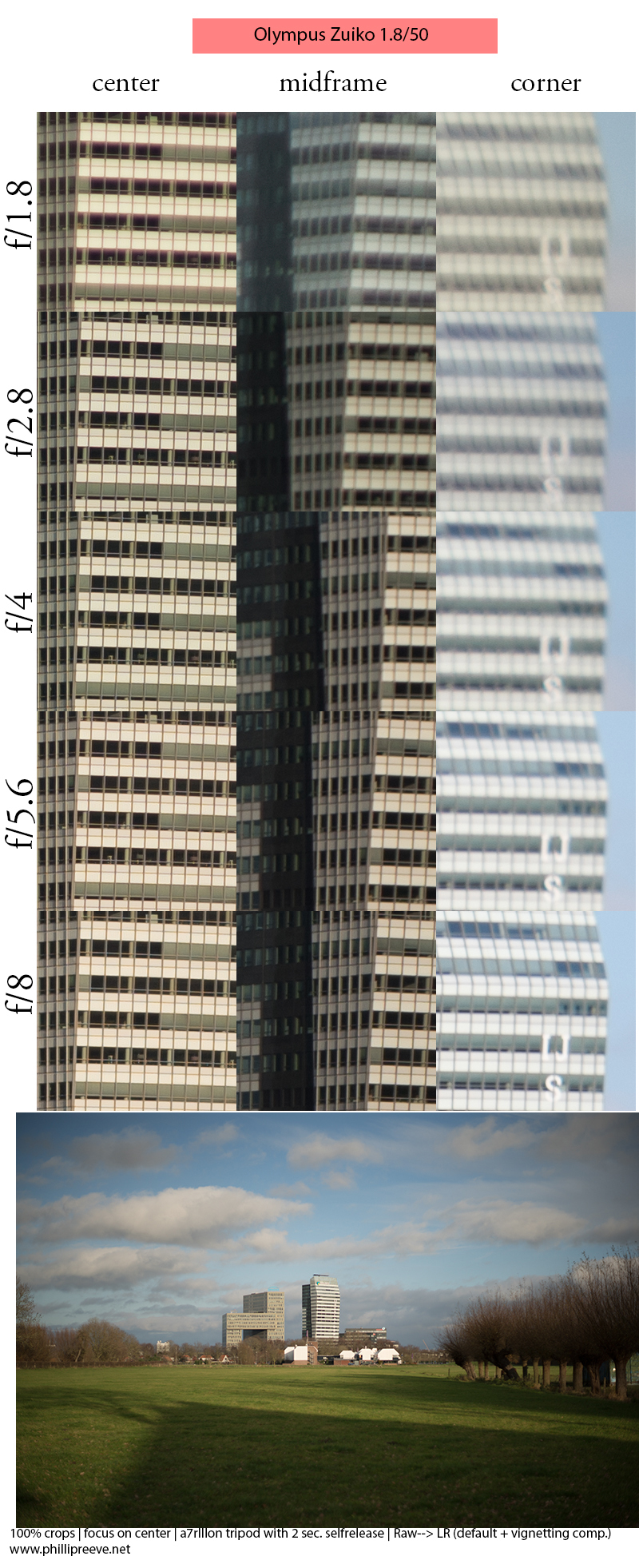
The Olympus 1.8/50 doesn’t seem to be optimized for infinity shooting. At f/1.8 the center is fairly sharp with some spherical aberrations. The midframe is soft and the corners are very soft. Stopping down to f/2.8 makes the center excellent, the midframe improves a bit but still does not look great. The corners looks still very soft.
From f/4 on the midframe looks OK as well, the corners are still very soft though. The midframe looks good at f/5.6 and excellent at f/8. The corners start to get useful from f/8 although the last picture are smeared a bit and never get very sharp.
From f/8 on edge to edge sharpness is great though and therefore the lens works fine for landscapes as long as there are no important details in the corners.
Keep in mind that you are looking at highly magnified crops from a 42mp sensor when evaluating the performance.
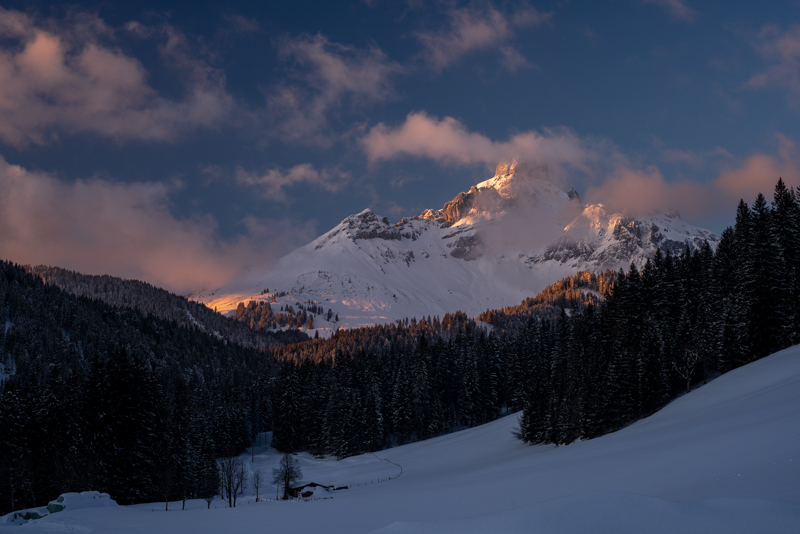
Portrait distance
At half body, shoulder and head shot portrait distances the Olympus F.Zuiko 1.8/50 is sharp as a knife in the central part of the frame with some slight glow wide open. The outer midframe is softer and suffers from some astigmatism.


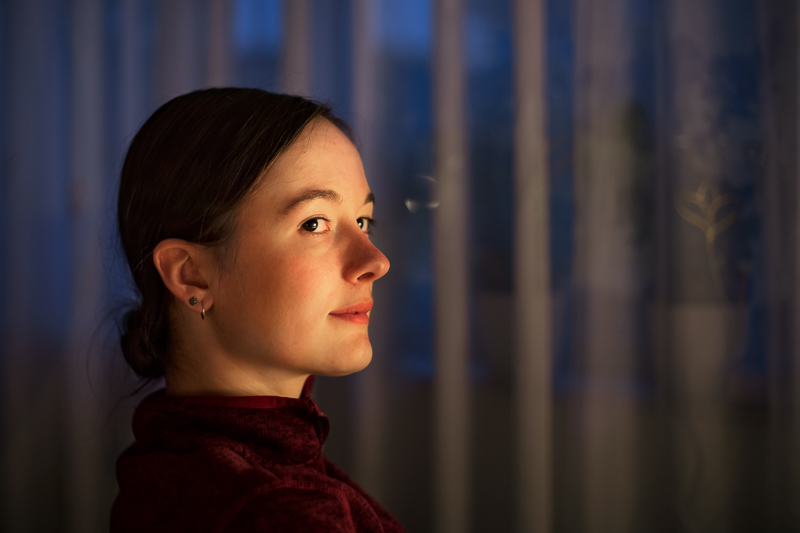
At full body portrait distances sharpness suffers and some glow caused by spherical aberrations can be observed, stopping the lens down a little is wise here.
Close up
Near the minimum focus distance the Olympus F.Zuiko 1.8/50 is noticeably softer wide open in the center due to spherical aberrations. Stopping down to f/2.8 makes most glow go away and improves contrast.
Outside the center the image is very soft wide open with a lot of astigmatism, and stopping down to f/4 might be wise in case critical sharpness is important.


Focus shift & field curvature
The Olympus F.Zuiko 1.8/50 suffers from significant focus shift, if you change the aperture of the lens it is wise to refocus.
There also is some field curvature but the corners still look bad when focused on them.
Bokeh
Bokeh is a mixed bag with this lens. Bokeh can be very harsh with certain backgrounds at longer distances. At close distances bokeh, like with many fifties is glorious with barely any outlining.



At longer distances the bokeh of the Olympus F.Zuiko 1.8/50 can be harsh to very harsh a little off center depending on the background. Bokeh circles show loads of outlining and fringing.
Some people like this “classic” bokeh rendering, but I’m not one of them. Have a look at the samples to check whether this is a rendering you like.





Distortion
The Olympus F.Zuiko 1.8/50 shows minor barrel distortion which is not relevant for most applications an still easy to correct for when needed.
Coma
Coma correction wide open is pretty bad, at f/4 things start to look better and at f/5.6 coma is no issue anymore.
Sunstars
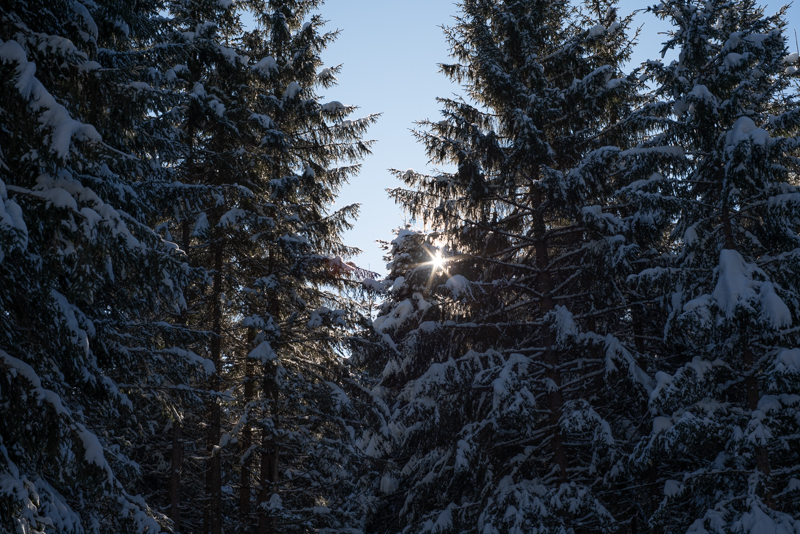
With only six aperture blades sunstars have only six rays and they are not well defined. I personally prefer sunstars with ten or twelve rays, but of course this is a very subjective topic.
Chromatic aberrations
Wide open, longitudinal chromatic aberrations are not much of a problem, see the crops in the focus shift section. Although in demanding situations at certain distances purple fringing can be observed wide open. Stopping down to f/2.8 removes it almost completely.
Also note the significant glow in the image below.
Lateral chromatic aberrations are visible but easily corrected, I never encountered problems in the field with it. Near infinity LaCA seems to be even close to zero!
Flare resistance
The single coating shows its limitations here, flare resistance is pretty bad. With the sun in the frame one will catch plenty ghosts and with the sun just outside the frame veiling flare is quite an issue. See the examples below to find out how many different flares I could provoke.


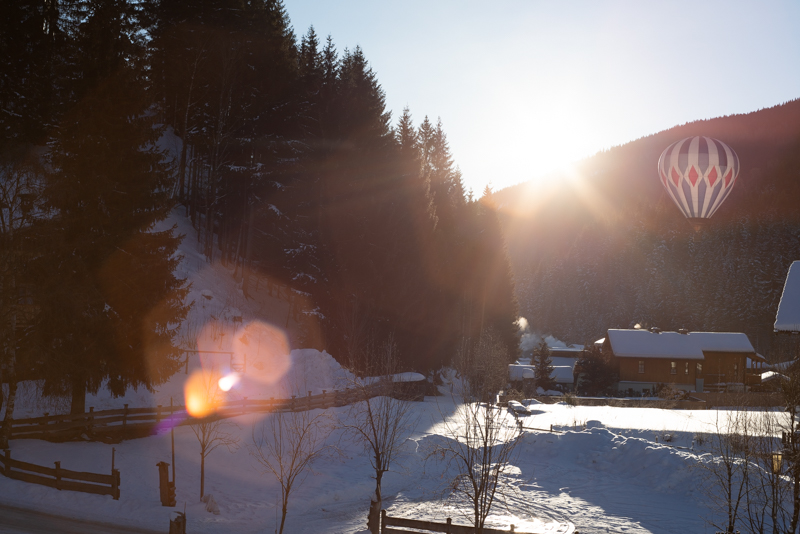



Alternatives
Minolta 2/55
Sharper with nice bokeh, but also heavier and more expensive. Both lenses are made very well and are a joy to handle. Both are very vulnerable to lens flares.
Sony 1.8/50 FE
A modern alternative with AF, it is also more expensive, build quality is less nice though. The Sony is optically better in most regards. If you depend on AF and your budget is low, this one might be an option.
Sony ZA 1.8/55
Much, much more expensive, but also much better in almost every regard. Bokeh of the Sony ZA is much smoother but you can encounter onionrings from time to time.
Pentacon 1.8/50
Another fifty with very classic bokeh, although the rendering is hard to compare. The Olympus is much nicer to handle. Both are cheap and have very bad flare resistance.
Zeiss Loxia 2/50
Much more expensive with similar nice build quality, maybe even a touch nicer. The Loxia is better in every regard and on of the nicest manual fifties one can get.
Voigtländer APO Lanthar 2/50
The perfect manual focus standard lens. It is much better in every regard and a joy to use. This lens is also much more expensive, if budget is no problem and you are looking for the best corrected fifty for the system get this one.

Conclusion
| Good | Average | Not good |
|
|
|
The Olympus F.Zuiko 1.8/50 is an interesting little lens. Depending on your taste regarding bokeh this one can be the ideal walk around lens. It combines a “classic” bokeh rendering with nice contrast and very good sharpness in the central part of the image over most of the focus range. This in combination with its small size and great handling make it a very appealing walk around lens for some.
However, if smooth bokeh with minor outlining is your taste (l belong to this group), this lens is not for you. The bokeh rendering messed up some of pictures for me, as did the poor flare resistance.
Despite some important flaws like the poor flare resistance, mediocre sharpness near infinity and busy bokeh, I liked working with the Olympus OM F.Zuiko 1.8/50. In the end I like a lot of the pictures I took with the lens so far, and I liked the images taken near MFD.
The versions with 6 elements in 4 groups are a redesign and might have a different rendering!!
With some patience you should be able to find this lens on Ebay for under €50 or $50 in good condition.
Ebay.de* | Ebay.com*
*Affiliate link, buying via this link will not cost you any extra, and we get a small commission which helps to keep the blog running 🙂
Samples
Most pictures can be found in high resolution in this Flickr album.
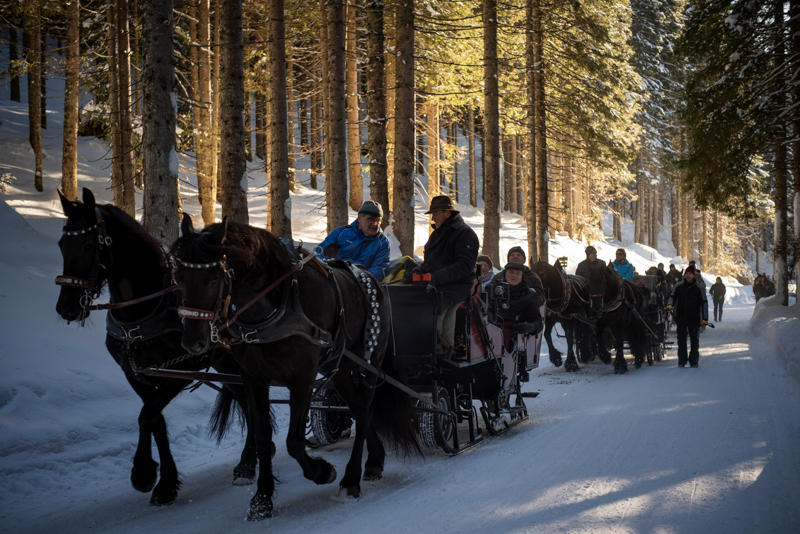






Further reading
- Sony FE-List
- Affordable manual lenses for the Sony Alpha 7,7r,7ii,7rii and 7s
- Project: $1500 camera with just one $25 lens for one month
- Travel report: A journey through the Balkans
This site contains affiliate links. If you make a purchase using any of the links marked as affiliate links, I may receive a small commission at no additional cost to you. This helps support the creation of future content.
JuriaanM
Latest posts by JuriaanM (see all)
- Review: Sigma 85mm f/1.4 DG DN Art - January 8, 2022
- A beginners guide to landscape astro photography - March 11, 2021
- Canon newFD 50mm f/1.8: A review - January 4, 2021
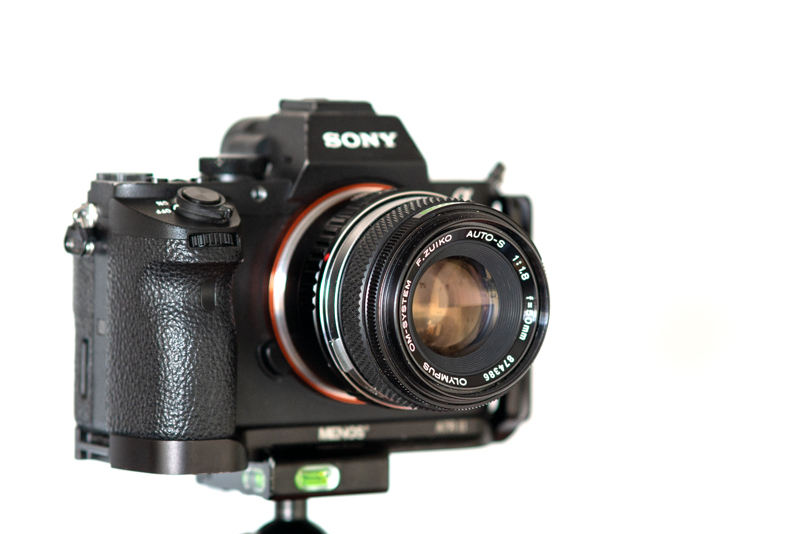
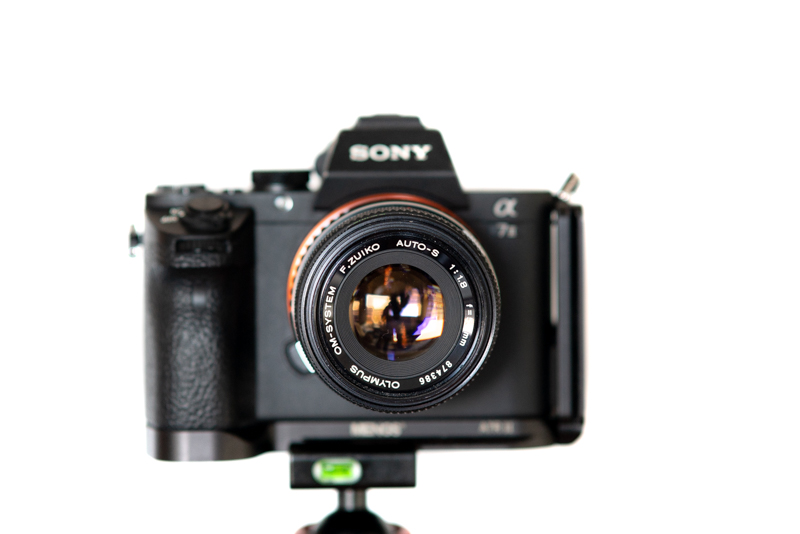








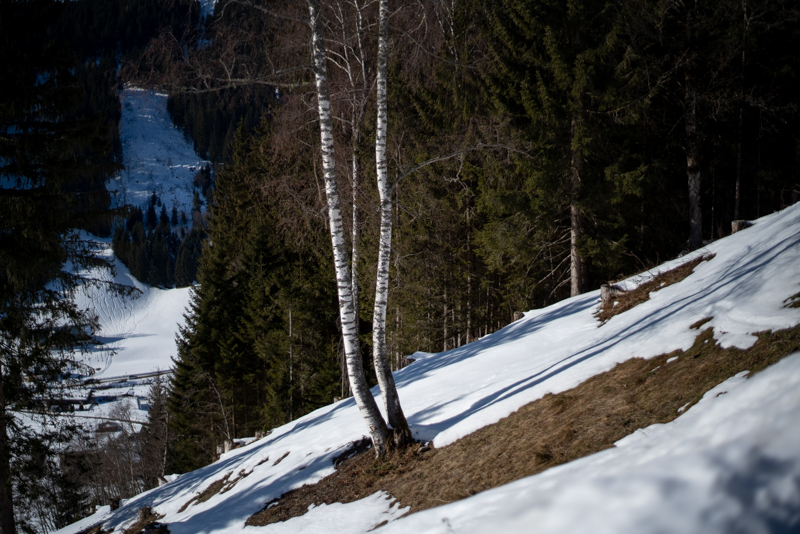



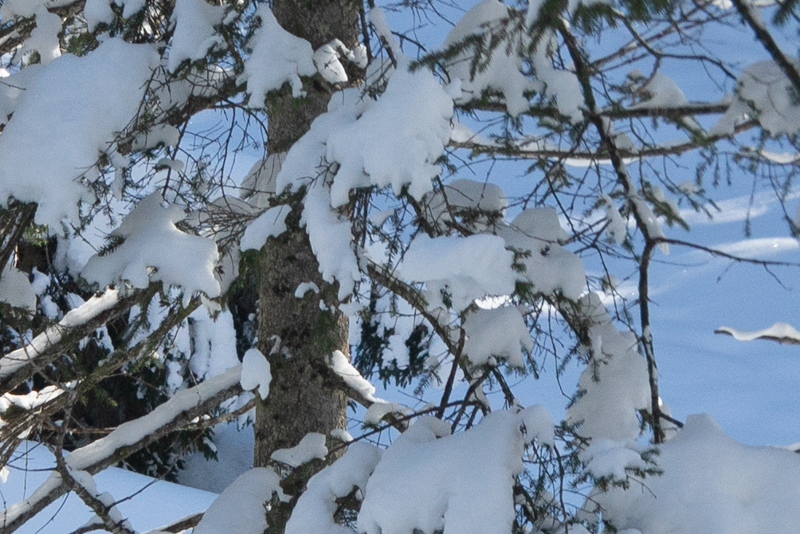

Will you guys be working on a list for old Olympus glass like you have for the Minoltas and the Canons? Would be nice! Thanks for the review
David just started with one 🙂
great!
Thanks for the review.
I own the latest MiJ 6/4 plastic-fantastic and to my eye it is substantially better at infinity.
Here is an F4 shot from 36Mp sensor, demonstrating pretty solid midframe: https://i.imgur.com/H2tFPrW.jpg
The last few blurry corner pixels seem to be a common trait between Zuikos.
In my limited experience, on A7R it was the most flare resistant vintage lens I’ve seen.
(Note that flare is *highly* dependent on sensor and adapter, your mileage may vary)
At longer distances the out of focus areas become harsh due to strongly overcorrected SA, which makes this thing probably the cheapest lens capable of “3D-pop”, worshiped by many.
Also, I think “Alternatives” should include Zuiko 50/1.4, just because how often the “50/1.8 vs 50/1.4” topic comes up.
50/1.4 is not nearly as flare resistant and has fairly divisive weird bokeh, but is definitely a better lens.
With both lenses wide open in a dead center it’s roughly a tie, but 50/1.4 is substantially better at the midframe.
The thing is, 50/1.8 is a ~T2 lens. With 50/1.4@F2 the T-stops are equal and it’s a straight up massacre.
I think 50/1.8 is an easier lens to like because it’s cheaper, has more contrast wide open and it’s bokeh is more.. understandable?
I made a quick comparison between Zuiko 1.4/50 MC (the last version), the lovely Zuiko 2.0/50 macro, Sony 24-105 an Rollei Planar 1.4/50. From F2.8 on the 1.4/50 was suprisingly better than the rest. (contrast and sharpness). At infinity and middle distance. Made also a quick comparison between my new Zony 1.8/55 and the Zuiko 2/50 macro. Only the closer focus range. I hoped the Zony to be the better one, but it wasn`t. Still waiting for a Zeiss 2.0/50 macro FE…
I think the Zuiko 50 1.4 last version is better wide open on f2.0 then the 50 1.8. Bokeh should be also a little bit smoother on the 1.4. Look at this compare. http://matteobricchi.com/Blog/Entries/2013/8/21_Olympus_OM_50mm_1.4_vs_Olympus_OM_50mm_1.8.html
I came to the same conclusions as you did.
My 50/1.4 is an older MC version, but that did not help the latest 50/1.8 to come on top.
I wrote my comment because I saw the opposite claim made several times on the Internet.
The 50/1.8 is definitely good enough though.
I plan to shoot more with it this year.
Thank you for sharing your experiences! You make the 1,4/50 sound like a lens I need to test once I come across one 😉
Indeed you do! And make sure the one you get is the SilverNose one!
I have a copy and tested to be resolving very fine details in the center and mids above the rest of my 50’ies.
Someone test it against a whole LOT of other 50mm and it proved to be worthy…
https://theothersideofbokeh.wordpress.com/2018/01/06/50-fifties-measuring-sharpness-and-contrast/
despite all the flaws of this lens, i was relly impressed by the sharpness across the frame in the mountain shot.
Eveyrone claiming old/cheap lenses don’t resolve hi-MP-sensors should see this.
https://www.flickr.com/photos/151225024@N07/49451771281/sizes/l/
Sure the CV 2/50 apo is sharper already @f2, but i dont think you will see a relevant difference in sharpness on a shot from both lenses @f8 unless you pixel peep.
We were all impressed by that mountain shot 🙂
That surprised me a bit as well. The edge of the frame leaves nothing to be desired at f/8..
Have you shot the title image with Tamron 45/1.8? Bokeh fringing is very noticeable…
I think I took that image with the Viltrox 1.8/85.
I got nr 4 zuiko 50mm 1.8 lens and recently I’m considering swapping it for 50mm 1.2 but the internet consensus is that 1.8 is better albeit slower lens. Any opinion on the matter?
Anyway will you be reviewing Olympus OM-SYSTEM ZUIKO MC AUTO-T 85MM some time later? I got a copy and its quite peculiar lens. Of all my zuiko lenses adapted to a7ii this has the most wonderful tonality range, yet quite strange rendering. I read it has a floating element and its optimized to be pleasantly softer at portrait distances. This site is my go to for manual lens reviews, so I’m looking forward to seeing you cover this one. ( it’s also often put against 100mm f/2 which you’ve already covered so it would be a nice comparison)
I may review it at some point. I had the older version in the film era, and I have later recalculated version now. They both look quite distinctive…they are basically modified ernostar or Sonnar designs, and that’s how they render. The late version was recalculated and is much sharper (though of course not “modern” sharp) wide open) while keeping the basic rendering style.
The 1.2/50 is much better than the 1.2/55, and people confuse them.
Having said that I suspect but don’t know that the latest MIJ 1.8/50 is sharper stopped down than 1.2/50.
But we don’t buy classic lenses for absolute sharpness, and anyhow the
1.2 is very good stopped down, and gives you the fun of the wider f stops…
Thanks for the review. It is always fun reading your reviews of lenses that I already have and comparing impressions.
I agree with the review, having a number of the OM Zuiko 50’s including several versions of the 50 f1.8 (oldest SC, then MC to newest MIJ), 50 f2 macro, 50 f1.4 (MC) and 50 f1.2 (MC). The 50 f1.8 SC is by far the least sharp, lowest contrast, and most flare prone. However, it does have a certain look that I sometimes like in BW photos and portraits.
The other OM 50’s are better lenses, but also each have their own definite character.
How does this compare to Minolta MD 1.7/50 ?
Wonderful review! A quick question here. There were signficant discussions on the MF lense forums a while back on a version of this lense with Made in Japan inscirbed on the ring. The ubran legend points to better performance for this version (generally referred to as the MIJ edition of this lens, can be googled) in terms of contrast, resolution, and flare resistence. Just wondering what is your opinion on this matter.
I think that Juriaan mentioned this. But in any case, it’s certainly true. The last version of the lens was not just a change in coatings, but a complete optical redesign. Exactly when that redesign went into production is unclear, some of the pre “MIJ” units may have it, but it is clear that all the ones marked “Zuiko” but NOT Zuiko MC or F.Zuiko, and which are also makes “Made in Japan” (and NOT just “Japan”) do have the better design. I have an MIJ, and it’s clearly a sharper lens, though it renders similarly to the other one.
I tried just the OM lenses on the Sony A7 for a while and while the sharpness was good, the aperture blades (or lack of) as well as lack of color homogeny was a big downside to me compared to the Mintola or Nikon mf lenses I’d used. Never seen such a large color shift as you stop down. Also felt like their t stop felt slower in relation to the f stop more Minolta/Nikon.
That doesn’t really match my findings so far. What lenses did you test?
I also have the 3.5/135 and I never found color shift in my images.
Furthermore, I also own several Minolta lenses and other vintage lenses and 6 blades are more or less the standard.
Also in t stop I did not notice any difference against equally fast lenses
Hello Philip Reeve team,
Thank you for doing another vintage OM lens review. Could you please do a full review on the 28mm f/3.5? Phillip did a blog post back in 2016, but it would be great to see full review of the lens.
Also, how about some more reviews of Nikkor MF F-mount lenses? It would be great to see reviews of the 50/1.2 AIS, 50/1.4 AIS, 28/2.8 AIS, 28/2, and 105/2.5 – just to name a few. 🙂
Thank you for such an enjoyable and educational website.
With appreciation,
Alex K.
I had both the 50mm 1.4 6XXXXXX SN and the 1.8. Both had a CLA which improved the image quality. Both lens constructions are mechanically very good but, as with most OM lenses, dirt enters easily between the lenses. In the end I decided for the 1.4 that is at its best at 5.6, corner to corner. The “50-Fifties” test mentioned in this thread confirmed me afterwards that it was a good choice. I do not like the OM aperture rings at the front. Too often the focusing ring is touched when you go for the other ring. So I made it into a preset ring and actuate the aperture with a 3D printed ring near the body (actually near the OMEF on MC-11 adapters). It pushes the DOF button on the OM lens which is not easy to use either. https://www.dpreview.com/forums/thread/4188321
Thank you for this review – through donations to my collection I now have two 50/1.8 F.Zuikos and one 50/1.8 Zuiko, and now I know why they’re marked differently!
Signore Marco Cavina wrote an article on the Zuiko 50mm 1:1.8, explaining the differences between version 1 & version 2. Text in Italian, but with the ›Google Translate‹ tool built-in.
He has written several articles on the olde Zuiko’s; most (but not all) can be read without a subscription.
https://www.nocsensei.com/camera/tecnica/marco-cavina/marcocavina/olympus-om-zuiko-55mm-112-e-50mm-118/